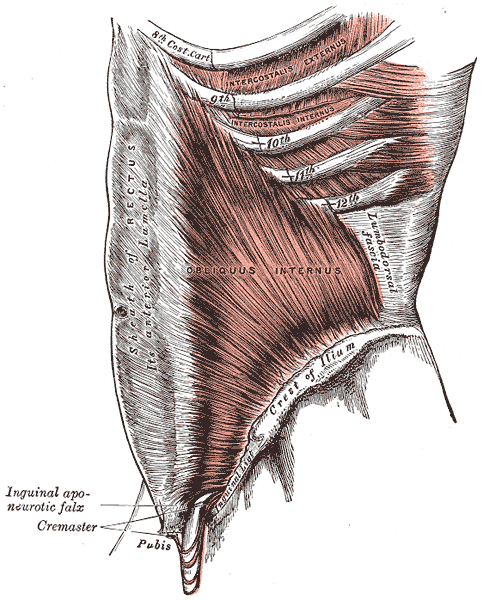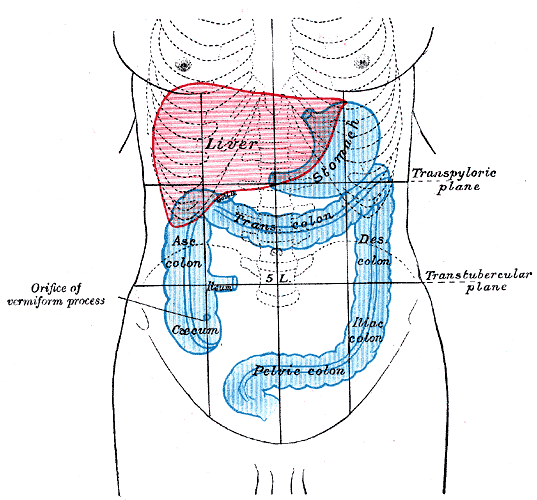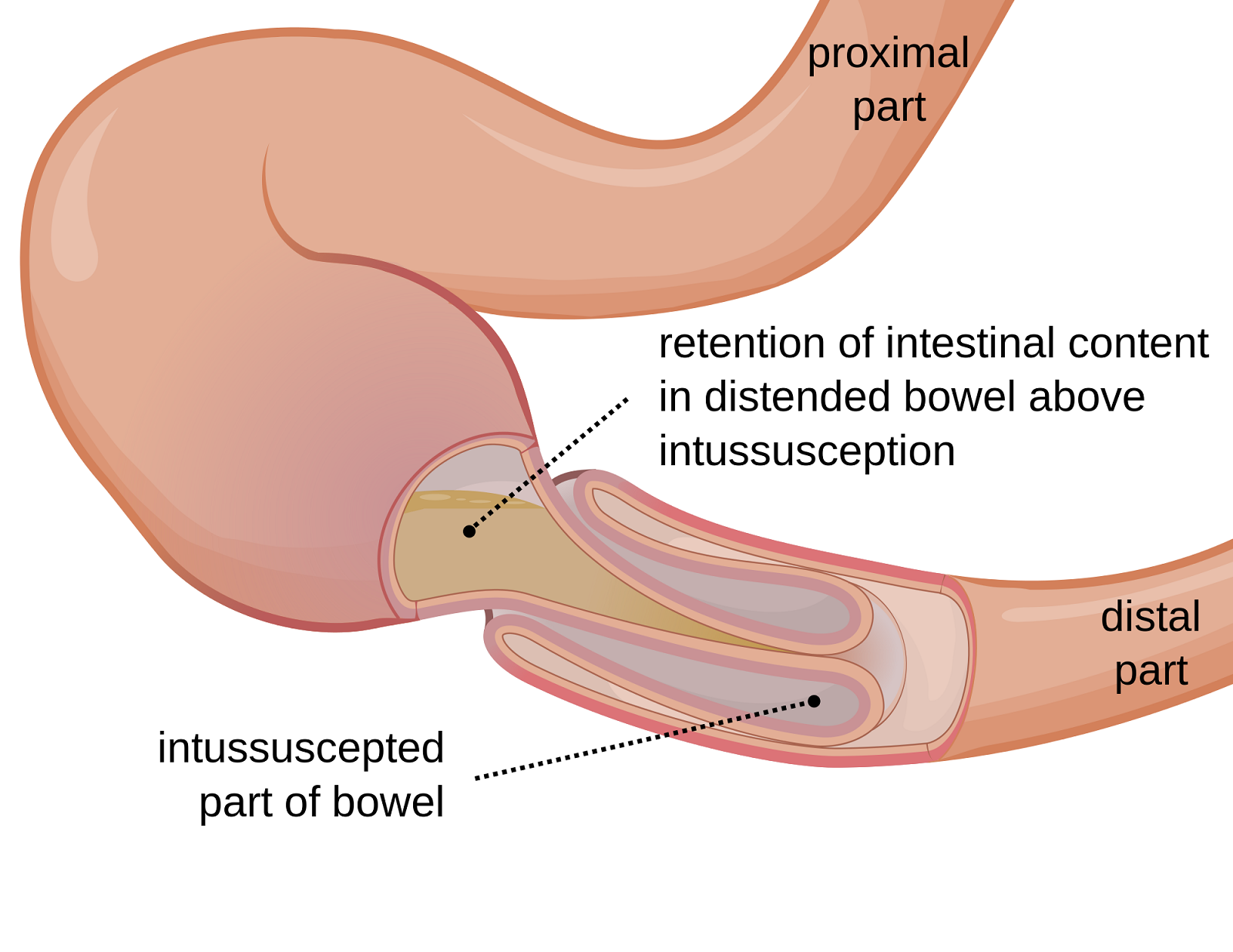Mobilization of Visceral Fascia: The Gastrointestinal System - Fairlawn, NJ (Rescheduled)
As a precaution against the spread of COVID-19, this course will be offered as a satellite lab course.

| Price: $650 Experience Level: Intermediate Contact Hours: 18.25 |
This continuing education course provides comprehensive knowledge concerning the relationship between the connective tissue surrounding the visceral structures of the gastrointestinal system as it relates to normal function of the musculoskeletal system. Students will learn a variety of manual therapy techniques for mobilizing the fascial structures of the gastrointestinal viscera as they relate to the somatic frame.
- The fascial system consists of four concentric layers, with the visceral layer, which is the most complex, beginning at the naso-pharynx and ending at the anal aperture (1) .
- The abdominopelvic canister is “A functional and anatomical construct based on the components of the abdominal and pelvic cavities that work together synergistically” (2).
- The walls of the canister, although part of the musculoskeletal system, are intimately connected to the visceral structures found within via fascial and ligamentous connections (3).
- In order to function optimally the viscera must be able to move, not only in relationship to one another, but with respect to their surrounding container (4).
- Most importantly, the viscera are subject to the same laws of physics as the remainder of the locomotor system with solid structures such as the liver and spleen particularly affected by blunt force trauma (5, 6).
Information is presented on embryology of the viscera and connective tissue system as it applies to associated visceral and fascial anatomy. The science behind and evidence supporting visceral and fascial-based manual therapy for patients with a variety of diagnoses related to musculoskeletal and pelvic health physical therapy is incorporated into each lecture.
This manual therapy course emphasizes clinical reasoning with the goal of immediate implementation of an extensive number of treatment techniques into an existing musculoskeletal and pelvic health practice. The material presented has applications for diagnosis such as abdomino-pelvic pain, gastroparesis, GERD, constipation, abdominal adhesions, and urinary issues. Additionally, the solid organs of the GI system play a profound effect on the thorax contributing to spinal issues and breathing pattern dysfunction (Bordoni & Zanier ,2013). Course work is geared toward the pelvic health therapist who wishes to integrate advanced manual therapy skills into their treatment regime for their pelvic and orthopedic clientele.
This course includes extensive lab work, all attendees should come prepared to participate as both clinician and patient. Male course attendees may participate fully in the entire course. Pregnant attendees may participate in a limited capacity, as deep palpation to the abdomen is illadvised for pregnant women. Seminar content is targeted to licensed health care professionals working within the field of pelvic health. Content is not intended for use outside the scope of the learner's license or regulation.
Special Considerations:
As this continuing education course includes extensive lab work, all course attendees should come prepared to participate as both clinician and patient. Rectal pelvic floor muscle examinations will be taught in labs. Past participants have found that wearing comfortable clothing that is easy for changing (such as skirts or athletic shorts) is very useful for labs. Due to temperature variations from clinic to clinic we would recommend wearing comfortable layers.
PLEASE NOTE: This course includes internal assessment and exam techniques, which will be practiced in partnered pairs in lab time. H&W strives to foster an environment that is safe and supportive. Survivors of past trauma should be aware that performing or experiencing internal exam may be triggering, and that many, regardless of their histories, feel strong emotions when practicing these techniques. In order to foster an environment that is non-triggering and safe for all participants, we recommend all participants consider the emotional impact they may experience during the course, and consider consulting a trauma counselor or therapist prior to attending. Read more about What to Expect During Courses with Internal Lab Work.
Prerequisites:
1) It is highly recommended the participant have experience with assessing and treating patients with bowel dysfunction. Although course content is geared toward the pelvic health therapist, there are no official prerequisites.
PreReadings:
1) Horton (2015) Clinical Review: Visceral Mobilization and Pelvic Floor Dysfunction
References
1. Willard, F. H. (2012) Visceral fascia. In: Schleip R, Findley TW, Chaitow L, Huijing P (Eds.) Fascia-The Tensional Network of The Human Body. (pp. 53-56). Elsevier, Edinburgh.
2. Lee, D., Lee, L., McLaughlin, L. (2008). Stability, continence and breathing: The role of fascia following pregnancy and delivery. Journal of Bodywork and Movement Therapies, 12(4), 333-348.
3. Bordoni, B. & Zanier, E. (2013). Anatomic connections of the diaphragm: influence of respiration on the body system. Journal of Multidisciplinary Healthcare, 6, 281–291.
4. Uberoi, R., D'Costa, H., Brown, C., & Dubbins, P. (1995). Visceral slide for intraperitoneal adhesions? A prospective study in 48 patients with surgical correlation. Journal of clinical ultrasound, 23(6), 363-366.
5. Cheynel, N., Serre, T., Arnoux, P-J, Ortega-Deballon P., Benoit L. ,Brunet, C. (2009). Comparison of the biomechanical behavior of the liver during frontal and lateral deceleration.
6. Cox, E. (1984). Blunt abdominal trauma. A 5-year analysis of 870 patients requiring celiotomy. Annals of Surgery. 199(4), 467-474The Journal of Trauma, 67(1), 40-44
|
Day One: |
Day Two: |
Day Three: |
Upon completion of this course, participants should be able to:
1. Describe the neurophysiology of fascial based manual therapy
2. List the basic fascial structures and functions of all four fascial layers and describe how they interrelate within the systems of the body
3. Describe the biological plausibility of how alteration of the normal mobility of visceral fascial structures can contribute to multiple diagnoses related to pelvic dysfunction
4. Cite potential causes for development of restrictions in the visceral fascia of the abdominal, pelvis, and thoracic cavity
5. Describe the theory and application of mobilization of visceral fascial structures as they influence the somatosensory system within the scope of a physical therapy practice
6. Differentiate between direct and indirect mobilization techniques and understand the proper application of each
7. List the visceral structures within the peritoneal cavity and describe how their normal mobility is related to somatic and autonomic function
8. Identify visceral structures within the GI system via abdominal and pelvic landmarks
9. Apply the technique of three-dimensional fascial mobilization to visceral structures, utilizing external approaches.
10. Recognize and treat fascial restrictions throughout the pelvis, and abdomen as they may relate to diagnoses of dysfunction within the gastrointestinal system
11. Describe the contribution of chronic G-I distention to central sensitization and the visceral-somatic reflex
12. Implement fascial mobilization techniques within a comprehensive treatment program for the patient with varied diagnoses to include orthopedic, urologic, gynecologic, gastrointestinal, and pelvic pain as they relate to the scope of physical therapy treatment
Ramona C. Horton MPT, DPT completed her graduate training in the US Army–Baylor University Program in Physical Therapy in San Antonio, TX. She exited the army at the rank of Captain and applied her experience with the military orthopedic population in the civilian sector as she developed a growing interest in the field of pelvic dysfunction. A desire to expand her knowledge of evidence-based practice and research was the impetus to further her academic pursuits, receiving a post-professional Doctorate in Physical Therapy from A.T. Still University in Mesa, AZ. In 2020, Ramona received the prestigious Academy of Pelvic Health Elizabeth Noble Award for her contributions to the field of pelvic health.
Ramona serves as the lead therapist for her clinics pelvic dysfunction program in Medford, OR. Her practice focuses on the treatment of men, women, and children with urological, gynecological, and colorectal issues. Ramona has completed advanced studies in manual therapy with an emphasis on spinal manipulation, and visceral and fascial mobilization. She developed and instructs the visceral and fascial mobilization courses for the Herman & Wallace Pelvic Rehabilitation Institute, presenting frequently at local, national, and international venues on topics relating to women’s health, pelvic floor dysfunction, and manual therapy.
Attention: We are unable to offer "retro-active" discounts (i.e. applying a discount to a transaction after the transaction takes place), so if you are interested in exploring discount options and you are unsure if your transactions is eligible for a discount, please contact us to inquire.
Multi-Course Discount
This 10% discount is available for a single registrant who wishes to enroll in 3 or more courses, and pay in one transaction. Registrants wishing to enroll in 5 or more courses should contact us for a customized quote. We can also apply this discount if 2 therapists from a single clinic/hospital enroll in 3 or more courses (ie Registrant A enrolls in Course X and Course Y, Registrant B enrolls in Course X, and Registrants A and B both work at Clinic Z). This discount cannot be used in combination with any other discounts. Registration and payment must be received at the same time in one credit card payment, one check or one envelop with multiple checks. This type of registration cannot be completed online, if you are wishing to receive the Multi-Course discount please call or email us directly for assistance.
Course discounts for the Pelvic Floor Series are capped at 10% no matter the group size or number of registrations
Group Discount
This discount is available for a group of three or more registrants, who all work at the same clinic/hospital, enroll in a single course, and pay in a single transaction or mail in multiple checks in a single envelope. This discount cannot be used in combination with any other discounts.
Groups of 3-5 receive a 10% discount off the combined price of their group's registrations.
Course discounts for the PF series are being capped at 10% no matter on group size or number of registrations - but will be staying the same for specialty courses.
Student Discount
This 10% discount is available to current students who have yet to earn a license to practice at the time of course registration. Students are welcome to attend satellite and remote courses with H&W once they have reached their third year and/or completed a hands-on clinical in their second year. You may register while in your 2nd year for a course that is taking place by the time you have become a third-year student. However, students are not allowed to register or attend a self-hosted course.
To get this discount when checking out online, use the code STUDENT2023 for courses scheduled for 2023. (Note, this code is only valid for non-licensed students. The H&W admin team will verify that registrants signed up with this code are, indeed, current students prior to their attendance of the course).
Referral Credit/Discount
Any therapist who has already taken a Herman & Wallace course will earn a $50.00 "referral credit" if:
1. A therapist who has never taken a Herman & Wallace course successfully registers for his or her first course(s); AND
2. In the registration process, the first-time registrant gives the name and clinic/hospital of the therapist who referred them to Herman & Wallace.
A therapist who has earned a $50.00 "referral credit" may use this credit toward any course that is eligible for a "referral discount".
Guest Blogger Credit/Discount
Any therapist who completes a qualifying guest blog post on the Herman & Wallace blog will earn a $50.00 "guest blogger credit". This credit may be applied toward any course.






